
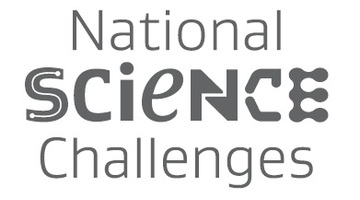
As New Zealanders looking to the future, we are faced with many opportunities – and challenges. These include improving the health of all our people, advancing our economic growth, protecting our ...
READ MORE

Every day, adults take around 20,000 breaths of air. Children, who breathe faster, take even more. The air we breathe plays an important role in both our health and quality of life. Air quality ...
READ MORE

Lorraine Dixon (who works for the Waahi Whaanui Trust) helped to develop the Ake Ake model – a teaching tool that helps hapū identify their needs, goals and aspirations. Cultural indicators can ...
READ MORE
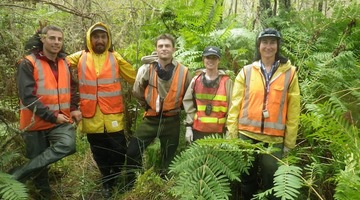
In this activity, students use the Ake Ake model to explore changes that have taken place in their local environment in the last 50–100 years and to plan for the next 50 years. By the end of this ...
READ MORE

Be part of a worldwide movement and use Global Earth Challenge to submit or classify photos to help our planet’s environment and human health. Global Earth Challenge is a citizen science campaign ...
READ MORE
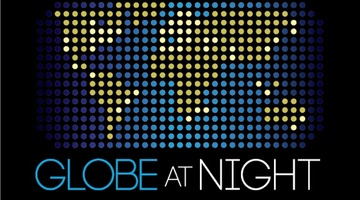
Globe at Night is an international citizen science campaign to raise public awareness of the impact of light pollution by inviting citizen scientists to measure and submit their night sky ...
READ MORE
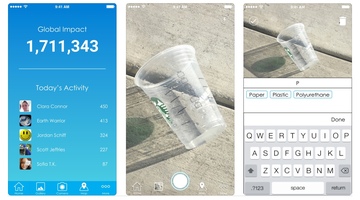
Litter is everywhere – but how much is there, and why does it matter? Litterati is an online citizen science (OCS) project that allows participants to photograph, upload and tag litter in their ...
READ MORE
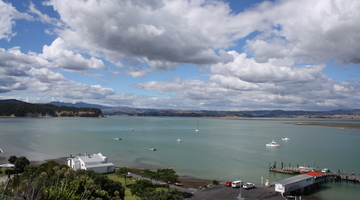
With 75% of New Zealanders living within 10 km of the coast, many students will be familiar with estuaries. In scientific terms, estuaries are the interface between the land and the sea – the ...
READ MORE
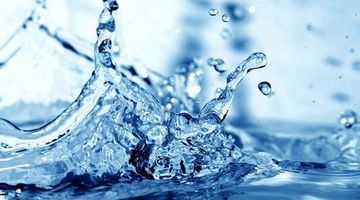
About 70% of Earth’s surface is covered by water. It is found just about everywhere and is the only naturally occurring substance on Earth existing in solid, liquid and gas states. Water is ...
READ MORE

Students carry out a practical investigation to help AgResearch scientists monitor the spread of Microctonus aethiopoides (a tiny wasp) and its success as a biocontrol agent for clover root ...
READ MORE
Researcher Lorraine Dixon describes what a cultural indicator is and why they are important to Māori. The depletion of taonga species, for example, is an indicator recognised by Māori that ...
READ MORE
The Ake Ake model is a pictorial mapping of someone’s perspective. Researcher Lorraine Dixon uses the model to encourage iwi to share their views including values and possible issues around ...
READ MORE
Lorraine Dixon talks about the relationship between the river (awa) and the people (iwi). She explains the spiritual aspect of the river and the importance of its connections with future ...
READ MORE
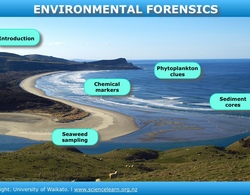
Dr Candida Savage explains the clues she collects in estuaries and fiords, to understand how changes in land use affect these environments. Click on the labels to watch the videos for more ...
READ MORE

This timeline lets you see the historical developments in technology related to weather monitoring, measuring and forecasting. It also shows how scientific thinking changed over the centuries as ...
READ MORE

Common household activities like cooking, cleaning and bathing produce moisture in our homes. Cold, damp houses can have serious effects on our health. Find out what causes moisture and how to ...
READ MORE